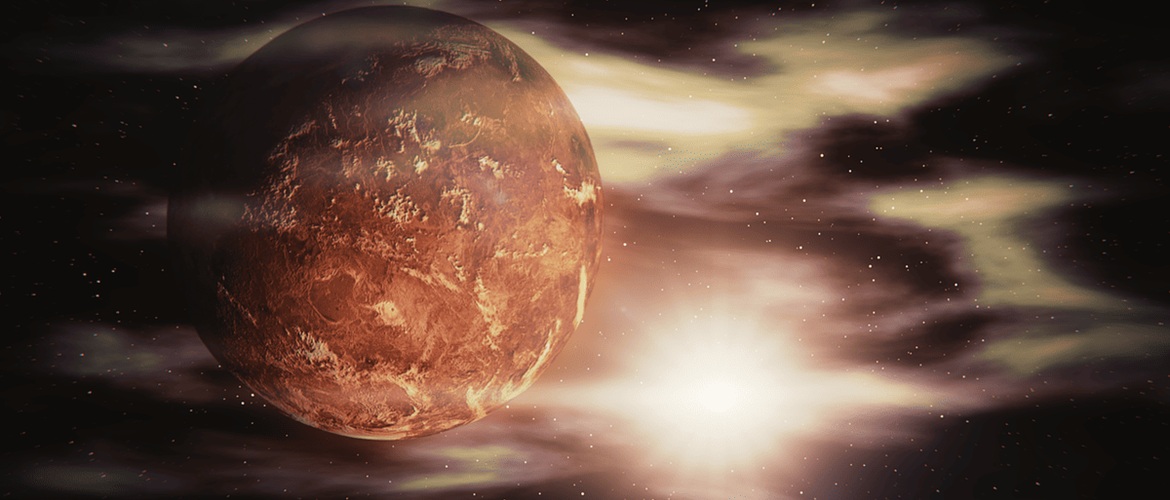Outer space is traditionally considered completely unsuitable for living organisms – in a vacuum, they should die almost instantly. However, a new study published in the journal iScience has challenged this belief.
Scientists from Hokkaido University (Japan), led by Tomomichi Fujita, conducted an unusual experiment: they placed moss spores on the outer surface of the International Space Station. For several months, these samples were left without any protection and exposed to all the factors of outer space – vacuum, intense ultraviolet radiation, and extreme temperature changes, alternating from extreme cold to intense heat.
Despite such harsh conditions, most of the spores survived. The results showed that over 80% of the samples remained viable and began to germinate again after returning to Earth. Spores enclosed in the natural sporangial membrane withstood the test best, while young, exposed plant tissues proved much less resilient. In additional tests, the researchers also found that the spores could withstand temperatures of -196 degrees Celsius for several days and remain viable for up to a month at temperatures of 55 degrees Celsius.

The authors emphasize that such experiments are especially important today, given the deteriorating environmental situation and future plans to explore the Moon and Mars.
According to the researchers, expanding our understanding of the survival limits of living organisms both on Earth and in space will allow us to better understand their adaptive mechanisms and help us prepare for the challenges of preserving ecosystems in extreme environments.
As a reminder, a “boulder” was discovered on Mars that arrived from elsewhere in the Solar System.







Only registered users can leave comments